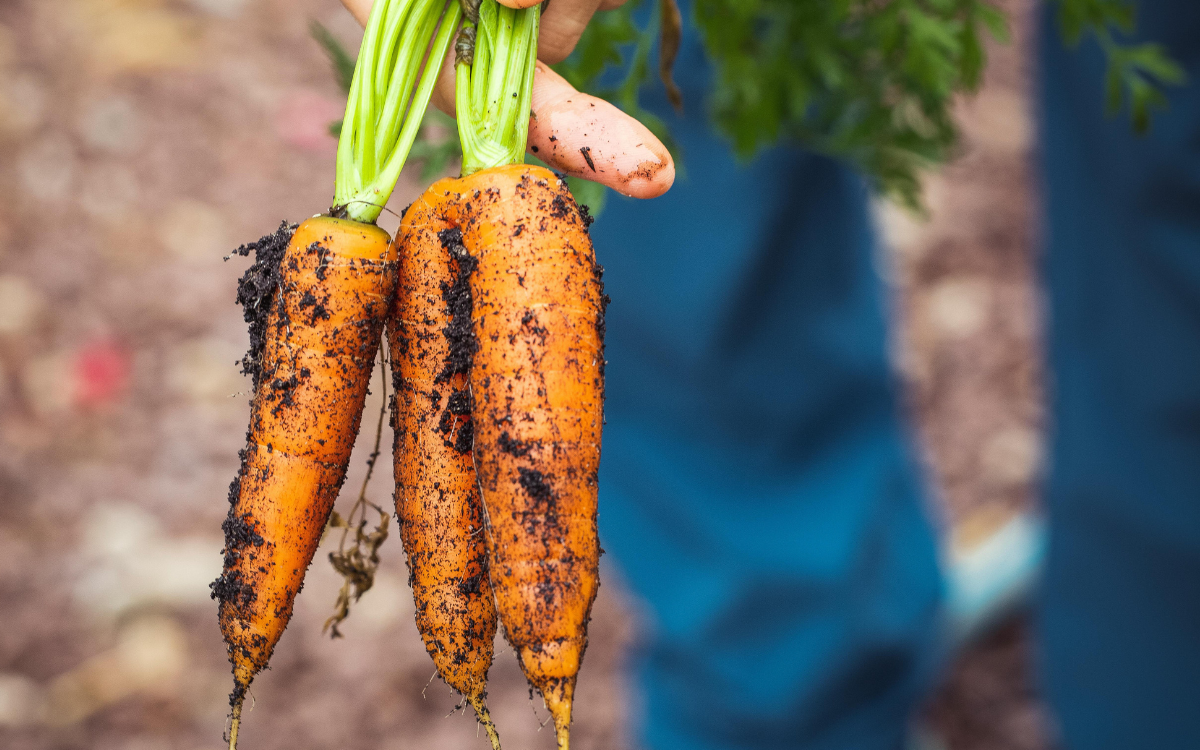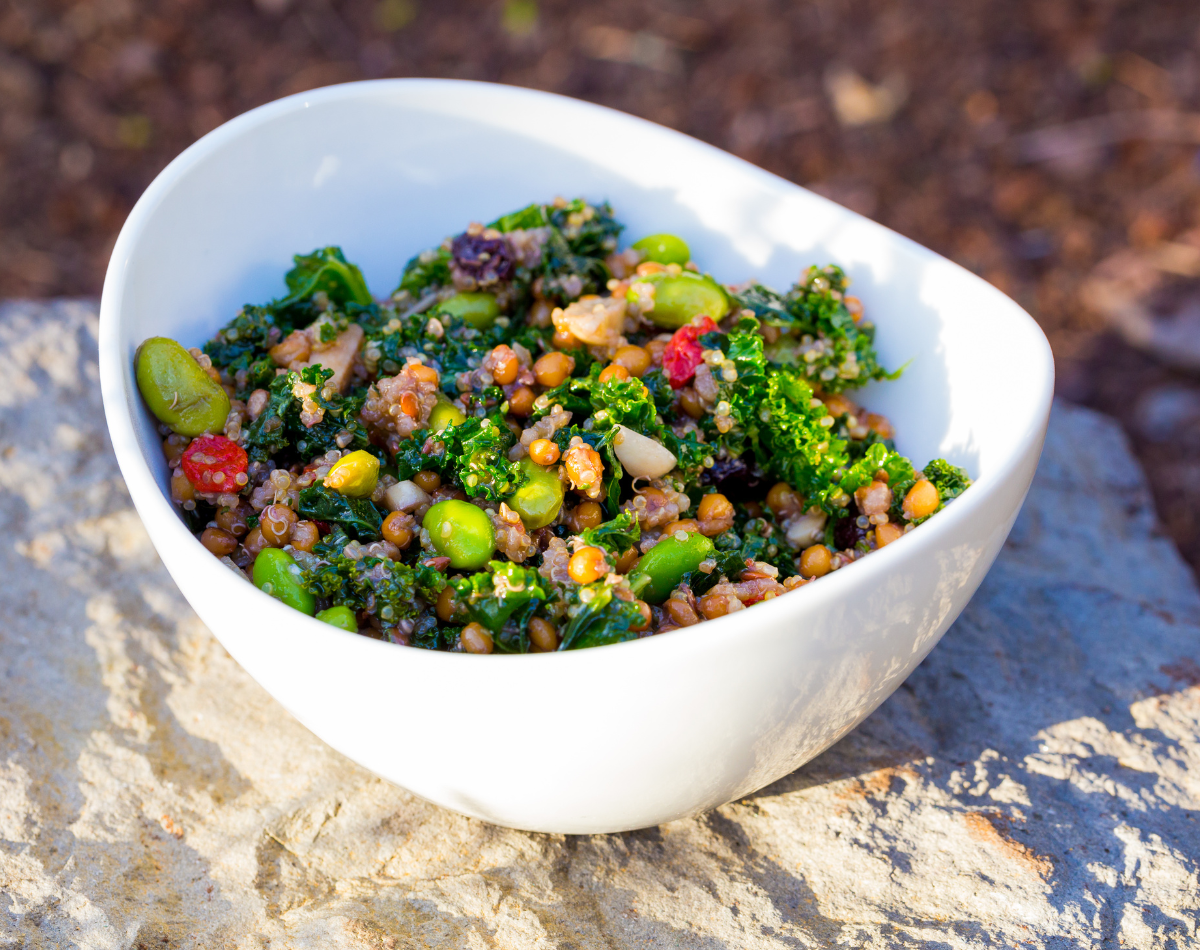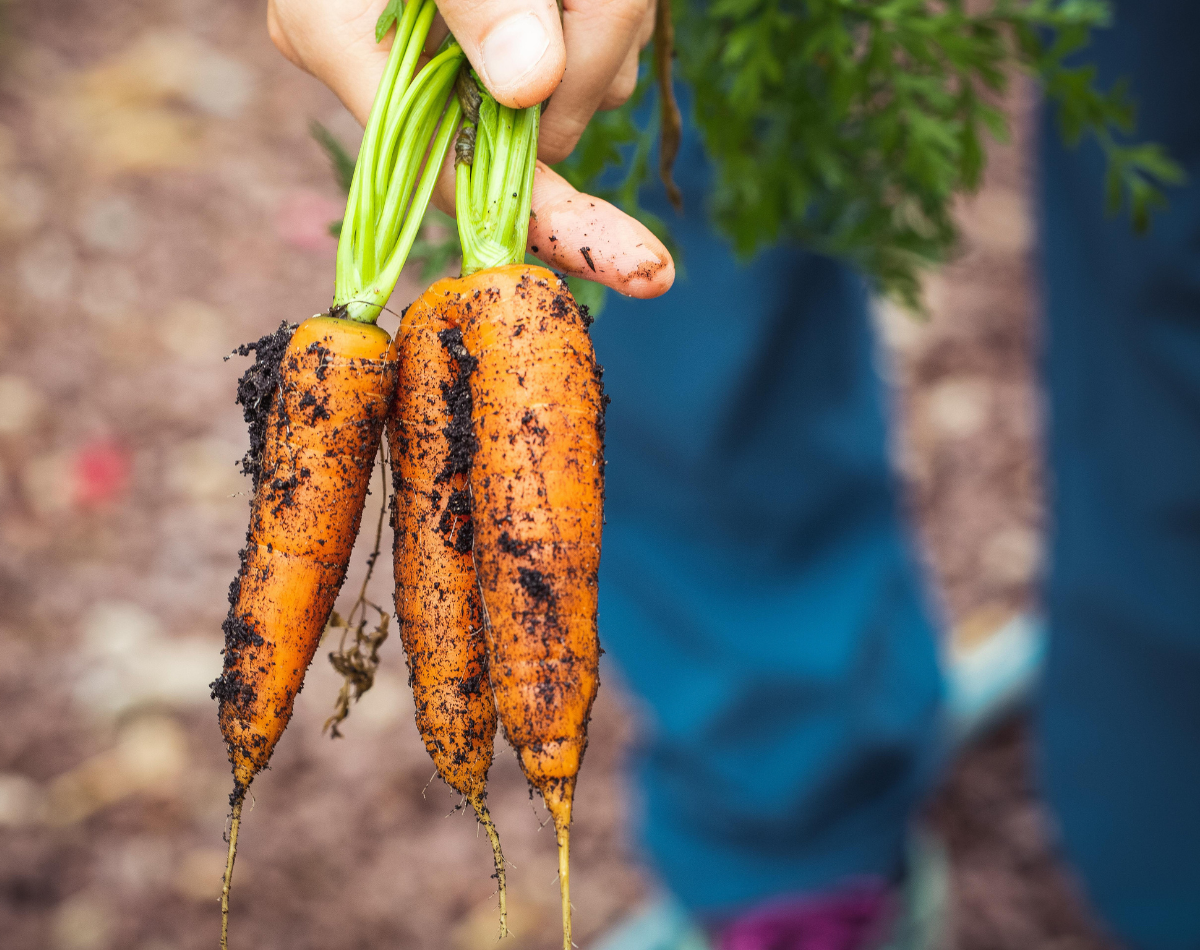Have you been told all things wonderful about organic produce; that it is more nutritious, has superior flavour, and is better for the environment? Is it really?
What is organic?
In simple terms, organic farming, with certification or not, is all about growing food the way nature intended, keeping things natural, healthy, and good for us and the environment.
No chemicals: Growing food without using artificial chemicals like pesticides, weed killers, or synthetic fertilizers. Instead, farmers use natural methods like rotating crops and using compost to keep plants healthy.
No GMOs: Organic farms do not grow genetically modified organisms (GMOs), which are plants or animals that have been changed in a lab. Organic food is all about keeping things natural and untouched by science.
Clean environment: By skipping the synthetic stuff, organic farmers help keep our soil rich and alive, our waterways clean, and our air free from harmful chemicals.
Consuming food with higher nutritional content as it is grown on richer, unpolluted soil. A study published in the British Journal of Nutrition found that organic fruits and vegetables contain higher concentrations of antioxidants such as vitamin C, polyphenols, and flavonoids. These antioxidants help protect cells from damage caused by harmful free radicals and may reduce the risk of chronic diseases like heart disease and cancer.
Reduced exposure to pesticides which can cause havoc to our kidneys and liver. The use of synthetic pesticides can leave residues on conventional fruits and vegetables. The good news is, our body is an effective self-cleaning machine. A study published in the journal Environmental Health Perspectives found that switching to an organic diet for just one week led to a dramatic decrease in pesticide levels in urine samples.
Better environmental health, with organic farming practices promoting soil health, biodiversity, and water conservation. Organic farms use natural fertilizers like compost and crop rotation to enrich the soil. This helps retain moisture and reduce erosion. In addition to that, organic farming avoids the use of synthetic chemicals that can contaminate water sources and harm beneficial insects, birds, and other wildlife.
Consuming food with naturally enhanced taste and flavour. Organic fruits and vegetables very often look flawed but they taste so clean, fresh and sweet. Organic farming practices focus on quality rather than quantity, allowing produce to ripen naturally and develop fuller, richer flavors. This, in addition to the absence of chemical residues. Growing up, I had always known leafy green vegetables to be bitter, until I had organically grown ones!
“Once upon a time, all food was organic”
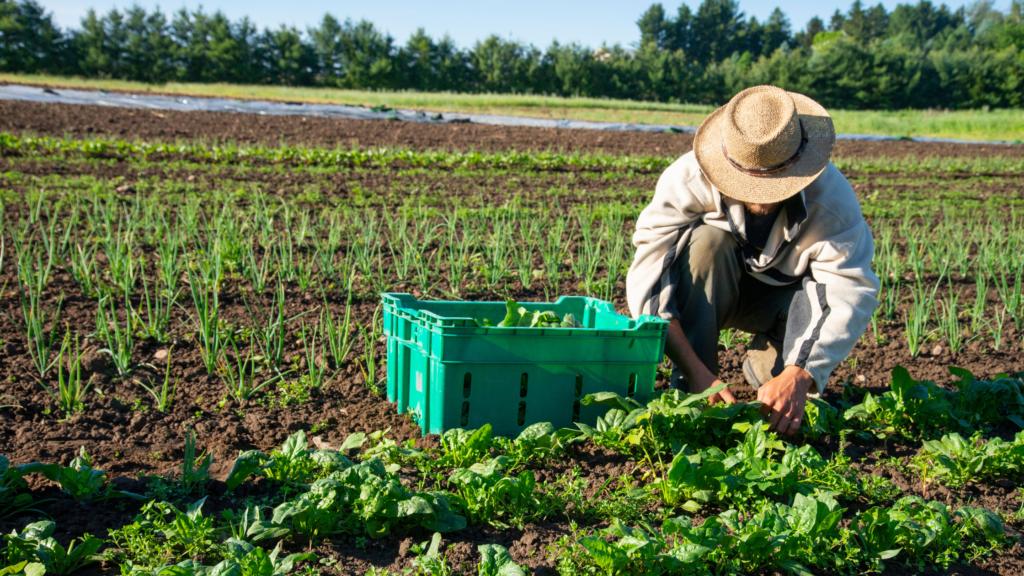
So yes, organic is beneficial in many ways, and eating organic is really a return to tradition. But, with all of the changes that has taken place in our world over the past decades, eating organic today isn’t as accessible to many of us. In Singapore, given that we import most of our fresh produce, organically grown ones aren’t exactly pocket friendly, and lack variety.
Here’s a rule I go by: consuming a wide variety of fresh vegetables and fruits is important. Organic is better than conventional. Conventional is better than none. And, consume any produce as close to harvest as possible.
With conventional produce, there are ways to reduce pesticides exposure. Additionally, in Singapore, with the growth of urban farming, we now have a growing variety of pesticides-free fresh produce. We’ll explore these in a while.
“Organic is better than conventional. Conventional is better than none.”
Dirty Dozen, Clean Fifteen
Let’s first explore, say we’d like to go organic, but selectively. Would there be produce that are tainted more than others? The answer is yes.
When choosing to go organic, some fruits and vegetables matter more than others. These are the ones that tend to have higher levels of pesticides residue, so choosing organic can give you that extra peace of mind.
The Environmental Working Group (EWG), a nonprofit organization in the US, gathers pesticides residue data from the U.S. Department of Agriculture (USDA) and the Food and Drug Administration (FDA) annually, and put together a list of “Dirty Dozen”, and “Clean Fifteen” to guide our food purchases with the aim to reduce our pesticides exposure.
The Dirty Dozen lists twelve fruits and vegetables that typically have the highest pesticide residues when conventionally grown. Meanwhile, the Clean Fifteen highlights fifteen produce that tend to have the lowest pesticide residues when conventionally grown.
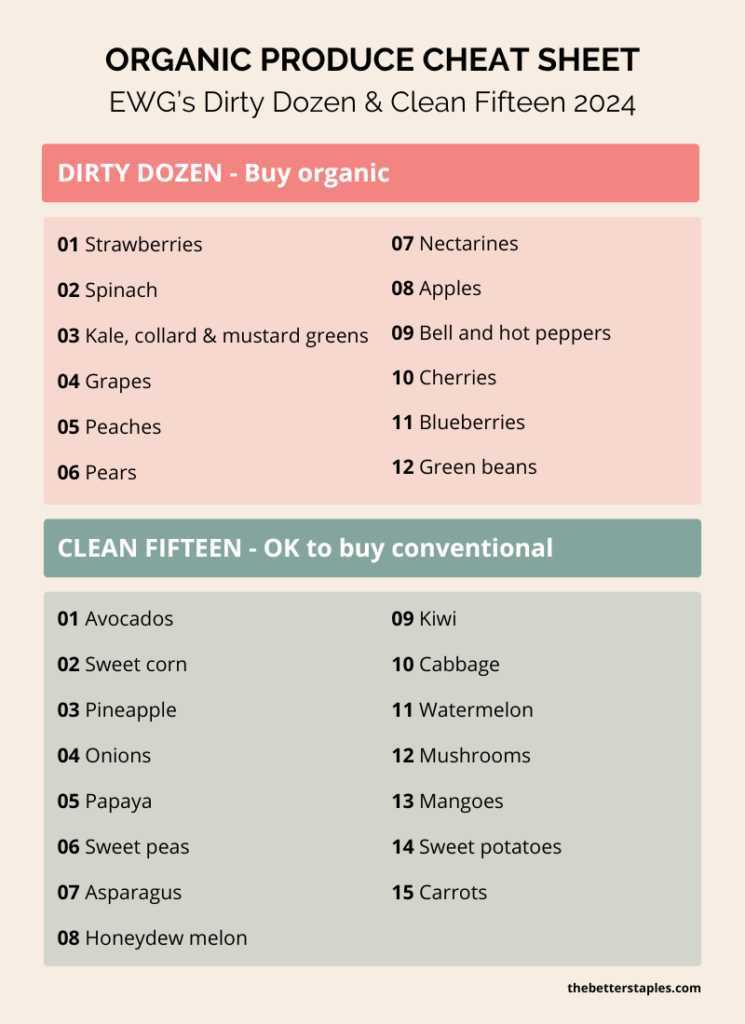
Why are some produce dirtier than others? Several factors contribute to this:
Susceptibility to pests: Certain fruits and vegetables are magnets for bugs and diseases, so farmers use more pesticides to protect them
Growing conditions: The weather and environment where crops are grown can influence pest and disease risks. Crops grown in warmer and more humid climates may require frequent pesticides applications.
Farming methods: Some farms use more chemicals than others. This can depend on factors such as the scale of the farm, euipment used, as well as the country’s regulations on pesticides use.
Harvesting and handling: The way crops are picked and handled can affect how much pesticides sticks around. Mechanically harvested or minimal washing may retain more pesticides residues vs hand-picked and thoroughly cleaned.
Types of pesticides used: Some pesticides stick around longer on fruits and vegetables.
Dirty Dozen Suggestions
Based on the Dirty Dozen list, some organic varieties are easier to find than others in Singapore. Here are some suggestions:
Fruits: Organic apples, pears, and blueberries are typically available all year round at major supermarkets. Organic strawberries, cherries, nectarines and grapes are available seasonally. For berries and cherries, opt for frozen organic ones when they aren’t available fresh. Opting for fruits under Clean Fifteen, that are in season, is always a good idea!
Vegetables: Organic spinach, kale, various Asian leafy greens, bell peppers, as well as green beans are easily available all-year-round. Opt for locally-grown ones that are pesticides-free like Sustenir and Artisan Greens. Check dates on packaging and buy as close to harvest as possible. When any produce of the produce under Dirty Dozen isn’t available, my next line of filter would be country of origin.
Country of origin: Some countries have stricter regulations on pesticides use than others. Based on the maximum residue limits (MRLs) allowable for common pesticides used, the European Union (EU) generally have a lower tolerance. Apart from MRL regulations, we can also look at total pesticides used per area of cropland. We will have to keep in mind, though, that the risk of pesticides on our produce cannot be measured solely based on total pesticides used. The level of toxicity, and post-treatment as well as handling matters.
Based on countries where Singapore typically imports from, here is data gathered from the Food and Agriculture Organisation of the United Nations (FAO), from the highest amount pesticides used per area of cropland to the lowest:
| Area | kg/ha (value) |
| China, Hong Kong SAR | 18.33 |
| Israel | 14.56 |
| China, Taiwan Province of | 13.40 |
| Republic of Korea | 12.29 |
| Japan | 11.24 |
| Brazil | 10.90 |
| Netherlands (Kingdom of the) | 10.86 |
| Colombia | 8.74 |
| Chile | 8.73 |
| Ecuador | 7.78 |
| New Zealand | 7.66 |
| Ireland | 7.07 |
| Belgium | 6.42 |
| Argentina | 5.58 |
| Malaysia | 5.51 |
| Italy | 5.38 |
| Switzerland | 5.37 |
| Indonesia | 5.29 |
| Guatemala | 4.83 |
| Spain | 4.59 |
| Vietnam | 4.28 |
| Germany | 4.14 |
| France | 3.67 |
| Cambodia | 3.64 |
| South Africa | 3.43 |
| Philippines | 3.37 |
| United States of America | 2.85 |
| United Kingdom of Great Britain and Northern Ireland | 2.43 |
| Canada | 2.42 |
| Poland | 2.32 |
| Türkiye | 2.26 |
| Australia | 2.00 |
| Saudi Arabia | 1.99 |
| Mexico | 1.90 |
| China, mainland | 1.83 |
| Peru | 1.73 |
| Bangladesh | 1.64 |
| Greece | 1.48 |
| Morocco | 1.47 |
| Egypt | 1.42 |
| Denmark | 1.25 |
| Sri Lanka | 1.17 |
| Myanmar | 0.94 |
| Kenya | 0.88 |
| Thailand | 0.84 |
| Ukraine | 0.80 |
| Russian Federation | 0.79 |
| Sweden | 0.73 |
| Tunisia | 0.67 |
| Malawi | 0.56 |
| Zimbabwe | 0.53 |
| Pakistan | 0.38 |
| India | 0.37 |
| Iran (Islamic Republic of) | 0.33 |
| Ethiopia | 0.22 |
| Madagascar | 0.19 |
| United Republic of Tanzania | 0.00 |
Only countries from where import value >USD$1m is included in the list. Source:
Food and Agriculture Organisation of the United Nations, 2021, https://www.fao.org/faostat/en/#data
World Integrated Trade Solution, World Bank, 2021, https://wits.worldbank.org
Produce wash: With this list, we may be able to purchase produce that are somewhat safer, but, they are not without pesticides residue. Using an effective produce wash can help remove surface contaminants, including pesticides, dirt and bacteria. However, keep in mind that produce wash can help remove pesticide residues from the surface, but may not penetrate deeply enough to remove residues that have been absorbed into the skin or flesh of fruits and vegetables.
I use and recommend Agape Nature or ETL No. 9. They’re both organic, all natural, and plant-based, and can effectively remove wax, pesticides and germs on fresh produce. They are multi-purpose, and can be used to clean and sanitize any surface really. I even use them to wash new clothings to remove industrial chemicals prior to wearing them the first time.
One part vinegar to three parts water works as a good produce wash as well!
Where to get organic / pesticides-free produce in Singapore
Major supermarkets in Singapore carry a variety of clean produce from local and regional farmers. But they may be days old, unless purchased on days when they replenish their shelves. I’ve learnt they are typically at the start (Mon/Tues) and end of the week (Fri). We have farmers and retailers based in Singapore that deliver fresh produce closer to harvest. Here are more details:
| Retailers | Where | Info |
|---|---|---|
| NTUC Fairprice | online | offline | A variety of organic and pesticides-free produce from local and regional farmers as well as imports from other regions, such as Pasar Organic, Sustenir, Kin Yan, Green Harvest, ComCrop and Good Nature. Lead time for delivery is typically +/- 3 days. |
| Cold Storage / CS Fresh | online | offline | There’s a decent range of organic produce from Zenxin Organic here. You will also find Sustenir, Artisan Greens and Kin Yan mushrooms. |
| RedMart | online | A wider variety yet – Quan Fa Organic, Sustenir, Love Bio, Earthbound, N&P, Green Harvest, Fungo, Organic 4 Life, Talula Hill. With RedMart, the lead time for delivery is typically +/- 3 days. Free 6-hour delivery on a min spend of S$60. |
| Little Farms | online | offline | Little Farms specialises in Australian produce. You will find a smaller variety of organic fresh produce here, but there are some from local farmers, neghbouring countries and Australia. The local and regional produce are priced somewhat similar if not slightly higher compared to NTUC Fairprice, Cold Storage and Redmart. They do same-day delivery for orders above S$100 so that’s a convenience. You could join Little Farm’s Avocado Club to earn 2% on your purchases, 4% on Tuesdays. If it’s your first purchase, 20% off. |
| Quan Fa Organic Farm | online | Quan Fa works with organic farms in Malaysia and Thailand to grow crops to its specifications, which are then shipped to Singapore for sale. Their produce are delivered to you as close to harvest as possible. They deliver every Wednesday, Thursday, Saturday and Sunday. You will also find Quan Fa’s produce at Ryan’s Grocery. |
| Talula Hill Farm | online | Talula Hill delivers fresh produce to your doorstep within 24 hours of harvest. These produce are harvested from their own farm in Kluang, Johor, as well as partners from neighboouring farms, and are about 80% organic / pesticides-free. They also import selected produce from Australia. Their farmer’s box begins at S$64. You can have them delivered either on a Tuesday or Friday, plastic-free. I personally love receiving Talula Hill’s box, it’s like receiving a surprise box of happiness all the time. |
| ShiokFarm | online | ShiokFarm is also a subscription service that delivers organically grown produce to you on a weekly basis, starting from S$55.50/week. The subscription auto-renews but you are free to pause or cancel with a notice period. ShiokFarm partners with farms, typically with a 2-year contract. This enables them to work with farmers closely, making decisions on the how and what together, and then buys all produce from these farmers upon harvest. They work mainly with farmers in Malaysia and Thailand. |
| Best Organic Food | online | Best Organic has a huge range of vegetables. They do not source directly from the farms but offers good value, and delivers swiftly the next day, with orders placed before 11pm. Best Organic’s produce are supplied from local organic suppliers who imports them from overseas organic farms. All sources are certified organic from Australia, New Zealand and USA. |
| Zenxin Organic | online | While you can find Zenxin Organic at Cold Storage / CS Fresh and Redmart, you can also purchase directly from their website. They deliver for free with min S$85 spend. Their website contains not just fresh produce, but plenty of organic packaged products as well. |
There are many smaller organic retailers around the island, and a couple more online. This list contains sources that I personally have experience with, and are happy to recommend for the quality and convenience that they offer.
Singapore's "30 by 30" Initiative
As a small island nation, Singapore lacks natural resources, hence imports more than 90% of its food from more than 180 countries. However, this leaves us exposed to supply disruptions due to impacts from climate change, disease outbreaks, and global food situations.
To strengthen our food security, the government launched a “30 by 30” initiative to produce 30% of its nutritional needs by 2030, starting from a base of about 10% in 2019. The initiative includes aqua farming, animal farming, and vegetable farming. As of 2022, Singapore farms produced 3.9% of leafy vegetables consumed locally. While we won’t find local produce priced very different from imported ones, apart from playing our part in ensuring Singapore becomes self-sufficient, we ought to buy local for the following reasons:
- Traceability – local produce can easily be traced to the farms’ source, guaranteeing quality assurance;
- Lower carbon footprint – By eating local, our produce do not have to travel from afar, lowering our carbon footprint; and last but not least,
- Fresh and nutritious – With a shorter farm-to-fork distance, we are eating fresher and more nutritionally available produce.
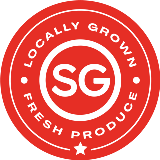
Produce from local farms are easily identifiable with this SGFP logo.
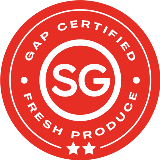
The Singapore Good Agricultural Practice (SG GAP) scheme is a quality assurance system in food production to assure produce quality and traceability. We have two vegetable farms that are certified with the SG GAP; they are Yili Vegetation & Trading, and Netatech (as of May 2024).
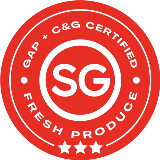
If you’re looking for pesticides-free local produce, look out for this logo. This Singapore Clean and Green Urban Farms Certification (SG C&G) requires that our urban vegetable farms meet standards set on farm management, and practices to achieve clean and green production system and farm produces. There are two vegetable farms that are certified under this scheme: Comcrop, and Sustenir Agriculture (as of May 2024).
Conclusion
I’d like to conclude with a couple of important pointers:
- Buy organic / pesticides free as best you can, prioritizing the Dirty Dozens. Save the “Dirty Dozen, Clean Fifteen” guide, keep it handy in a dedicated album on your phone!
- Organic is better than conventional, conventional is better than none. It is far more important to consume a wide variety of fresh vegetables and fruits than none at all.
- When buying conventional produce, buy from countries that has stricter pesticides use regulations / uses less pesticides per area of cropland as much as possible.
- Organic or not, wash your produce to clean off dirt, germs and pesticides residue. Use one part vinegar to three parts water, or my go-to — Agape Nature or ETL No. 9.
- Local > regional > international. Purchase produce that are as close to harvest as possible, the lesser the carbon footprint, the better.

